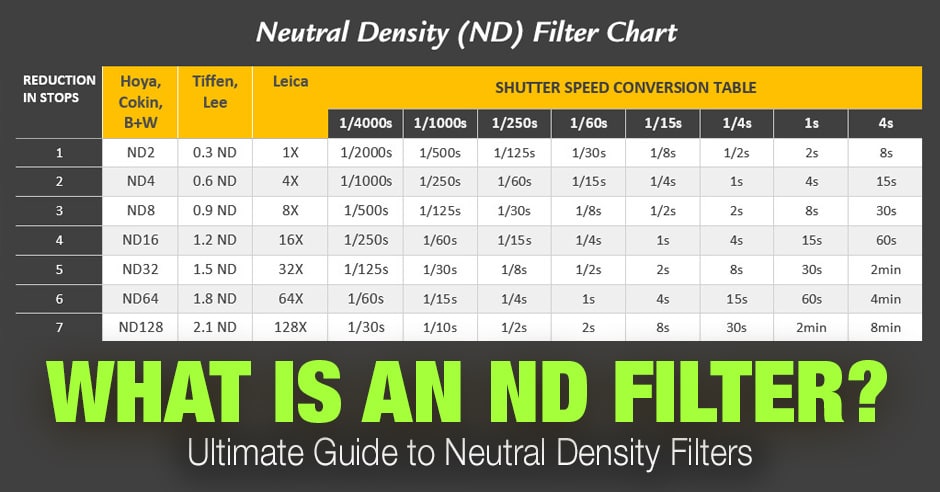Quick one but I just watched Captain Drone's review of the DJI Air 2S on YouTube. He is pretty good on drones pro and cons. He recommends that a polarised ND4 filter (Freewell) be used permanently on the DJI Air 2S (and possibly other drones). Anyone know of this approach?
My biggest question though is if you place the filter (polarised), and leave it on, while it may work for video how would it affect photo mode in any way? Could it also be a solution for other DJI drones like the mini 2?
Captain Drone notes that the filter assists greatly on the finer side of things as the aperture is locked.
My biggest question though is if you place the filter (polarised), and leave it on, while it may work for video how would it affect photo mode in any way? Could it also be a solution for other DJI drones like the mini 2?
Captain Drone notes that the filter assists greatly on the finer side of things as the aperture is locked.










